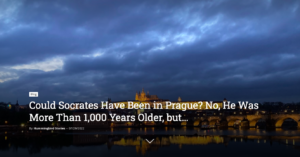The opening video is from the theater production Capricious Summer, which has been performed since 2007 at the Theater in Celetná. The story takes place in the summer in a spa on the fictional Orše River. It was inspired by the Vltava River and the swimming pool in Zbraslav, a southern suburb of Prague. The author of the novel lived here. His role as the producer started the theater performance. That author is Vladislav Vančura, a Czech doctor, writer, playwright and director, who was shot at the firing range in Kobylisy in 1942 for his activities in the Czech resistance.
Poet Jaroslav Seifert, winner of the Nobel Prize for Literature, later wrote about it: “I remember that evening all too well. Vladislav Vančura had been arrested and tortured by the Gestapo for several weeks. We sat shaking at the radio to hear the news of the Nazis’ new measures and the murders they promised. When Vančura’s name was heard among the first names of those executed, we got up from our chairs as if thrown out of our seats by terror and froze breathless. Vladislav Vančura! In that name, our entire generation was affected. In it was the fate of all of us. In that name, our whole country was wounded in blood.”
All Hell Broke Out After the Assassination of Reinhard Heydrich
The firing range as an execution place full of sadness. That is its wartime history. It was established in 1890 as an ordinary shooting range, i.e. a place for infantry shooting practice. After the First World War, civilian organizations, including Sokol, also practiced shooting here.

A remnant of the peaceful period of the firing range – a structure for controlling the shooting targets, with trenches that protected the target operators 
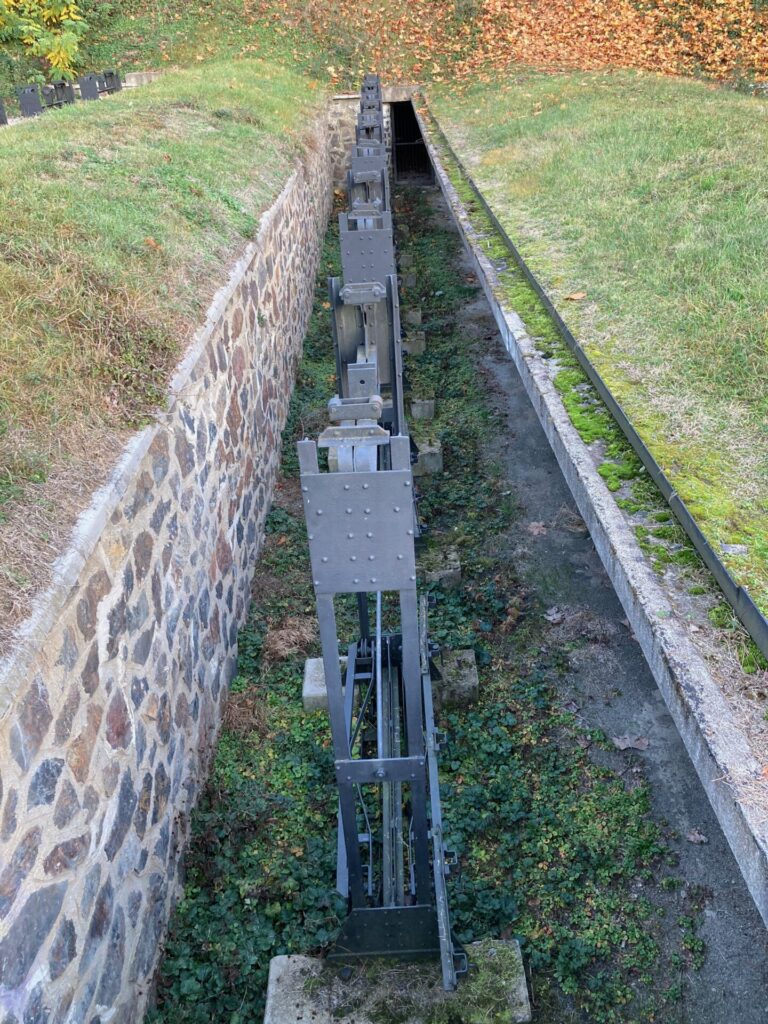

The firing range was also a place of social life for the officer corps. There was a horse stable and areas for preparing refreshments. Horse riding training, equestrian parades, army and civilian orchestras played concerts here. After the start of the war, regular shooting practice was organized here – not only for Wehrmacht soldiers, but also for Czech gendarmes and the police.
Hell began after the assassination of Reinhard Heydrich. The firing range was taken over by the Gestapo and the executions began. Prisons for convicts awaiting execution were set up in the former horse stables, and wooden sheds for coffins with bodies were built within sight of them. The sound of the shooting was partly shielded by car engines. The residents of nearby houses were not allowed to leave the apartment or open the windows during the executions (6:00 p.m. – 6:00 a.m.).

National cultural monument. Monument to anti-fascist resistance. Kobylisy Firing Range 

During the Nazi occupation, this site was the execution ground for heroes of the anti-fascist resistance. Czech patriots gave their lives here for the freedom of all of us and future generations 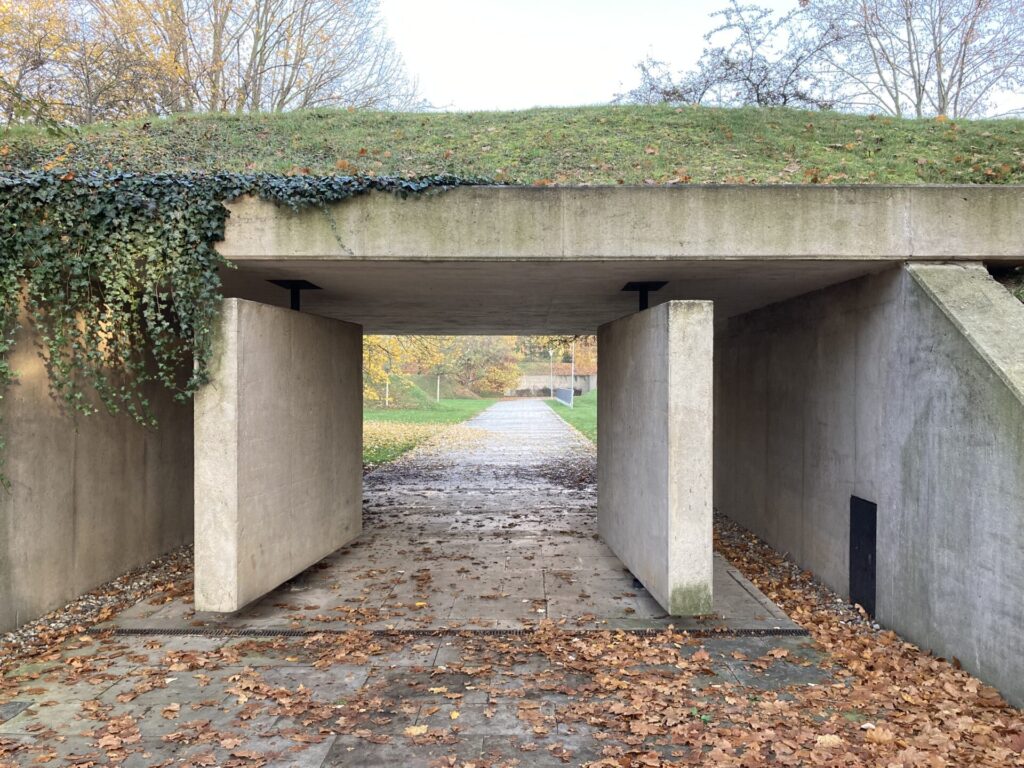
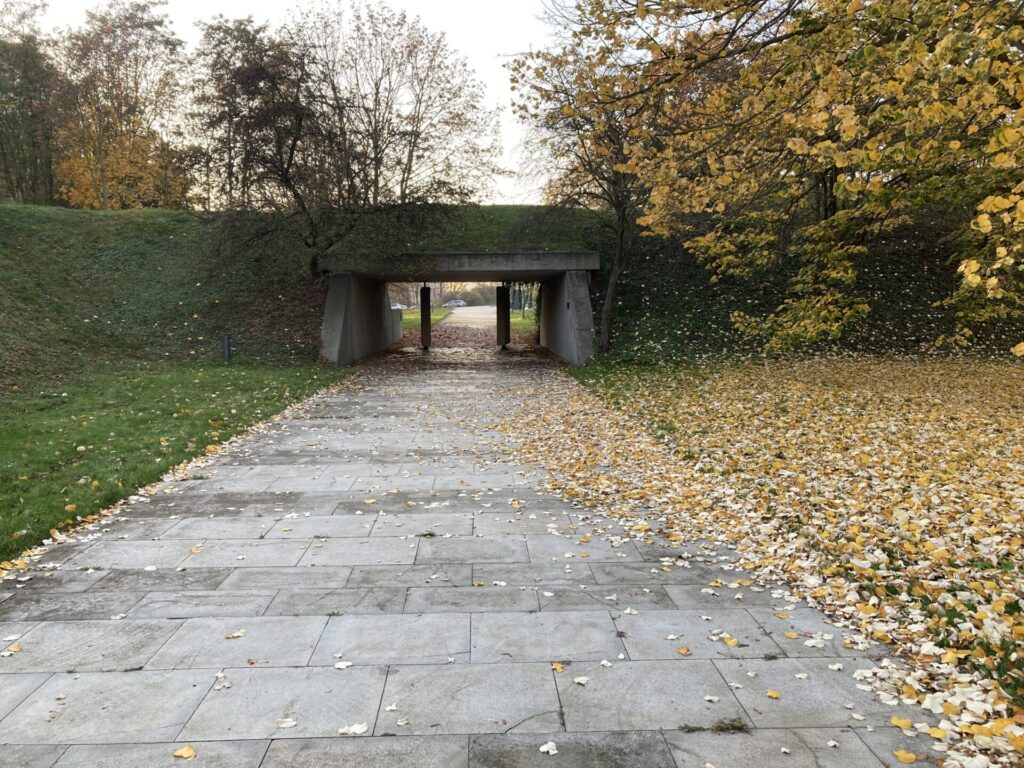

Hundreds of Innocent Victims

The assassination of Heydrich is considered the most significant act of resistance in occupied Europe. (A few months after him, Great Britain and France even revoked their signatures under the Munich Agreement.) Heydrich was the third man of the Reich, so the revenge for his killing had to be a deterrent. It is not known exactly how many people were shot at the firing range in Kobylisy during the Second World War, but we know for sure that there were at least 755 of them.
Among them were also people with well-known names, executed also as a warning, for breaking the resistance. General Alois Eliáš (Chairman of the Protectorate Government, for resistance activities), Senator Františka Plamínková (politician who contributed to the permit of women’s suffrage, was executed mainly for refusing to publicly condemn the assassination), and Josef Mašín ( an officer of the Czechoslovak army and one of the most significant figures of the Czech resistance) spent their last moments here. There were also Matěj Pavlík (Saint Gorazd) and three other high representatives of the Orthodox Church, all for harboring “Heydrich’s” paratroopers.
The worst day was June 30, 1942, when shots at the Kobylisy Firing Range killed 72 people. The last executed were butcher Antonín Toušek (42 years old), gardener Stojan Savanžel (38 years old) and electrician Josef Kotěšovský (25 years old). They died on May 7, 1945, the second day the Prague Uprising ended with the surrender of the Wehrmacht and the Waffen-SS. Collaborator Josef Kopecký, administrator of the firing range, was tried for their death after the war. Antonín Toušek had him imprisoned in a makeshift prison in one of the nearby schools on May 5 (at the beginning of the Prague Uprising). However, Waffen-SS officers freed Kopecky from prison and he took revenge…

Plaques with the names of the victims stand where the wooden sheds used to store the coffins before they were taken to the crematorium 
The youngest people executed in Kobylisy were three 15-year-old boys. Student Jaroslav Belza, Josef Nerad and a mason’s apprentice Josef Doležal. The last two named came from Lidice. This was a small village with a population of 500, which was chosen with trivial pretext as an exemplary punishment after the assassination of Heydrich.
All men from the village over the age of 15 were shot, the women were sent to the concentration camp in Ravensbrück. Of the 105 children from Lidice, 88 were killed in an extermination camp in Poland. The others were sent to Germany for re-education. Only 17 of them returned to Bohemia after the war.

Josef Nerad and Josef Doležal were not shot like other Lidice men in the garden of the Horák family farm. Less than a week later, however, they fell victim to German thoroughness. When the Germans discovered that they were over 15 years old, they were “additionally” shot in Kobylisy. Together with them, Stanislav Horák was also shot there on the same day, on whose farm the Lidice men were shot, and with him ten other family members; men and women, aged 19 to 57.
The Firing Range Today
On that fateful day, Reinhard Heydrich was coming to Prague from his chateau in Panenské Břežany. The castle had been the residence of his predecessor Konstantin von Neurath. Heydrich’s wife and children lived there until April 1945. (After the war, the Metals Research Institute was located here. I knew a lady who worked there and had a laboratory in Heydrich’s former bathroom. She said it was a very special feeling.)
The paratroopers knew the route that Heydrich took to work every morning, and that’s why they attacked him in Kobylisy. So the fact that the Kobylisy Firing Range is less than two kilometers away from the place where paratroopers Jan Kubiš and Jozef Gabčík attacked the car with the Deputy Reich Protector of the Protectorate of Bohemia and Moravia is just a coincidence. (If Heydrich had lived elsewhere, he would have taken a different route.)
If you were to take a streetcar between the two places, half of the way would take you along the street called Střelničná (“střelnice” is Czech for firing range). The original firing range was much larger, and only the part that is now a memorial was used for executions. The rest of the firing range has already been “absorbed by the city”. The firing range is adjoined by a park, within sight is a soccer field and a swimming pool, which in winter turns into an ice rink with rental skates. A housing estate with houses ten-stories high grew up around the firing range.
Today, the memorial does not have a depressing impression; even on a foggy autumn afternoon. But only when the moment comes when the visitor realizes how many hundreds of people saw the sky here as the last thing they ever saw in their lives…



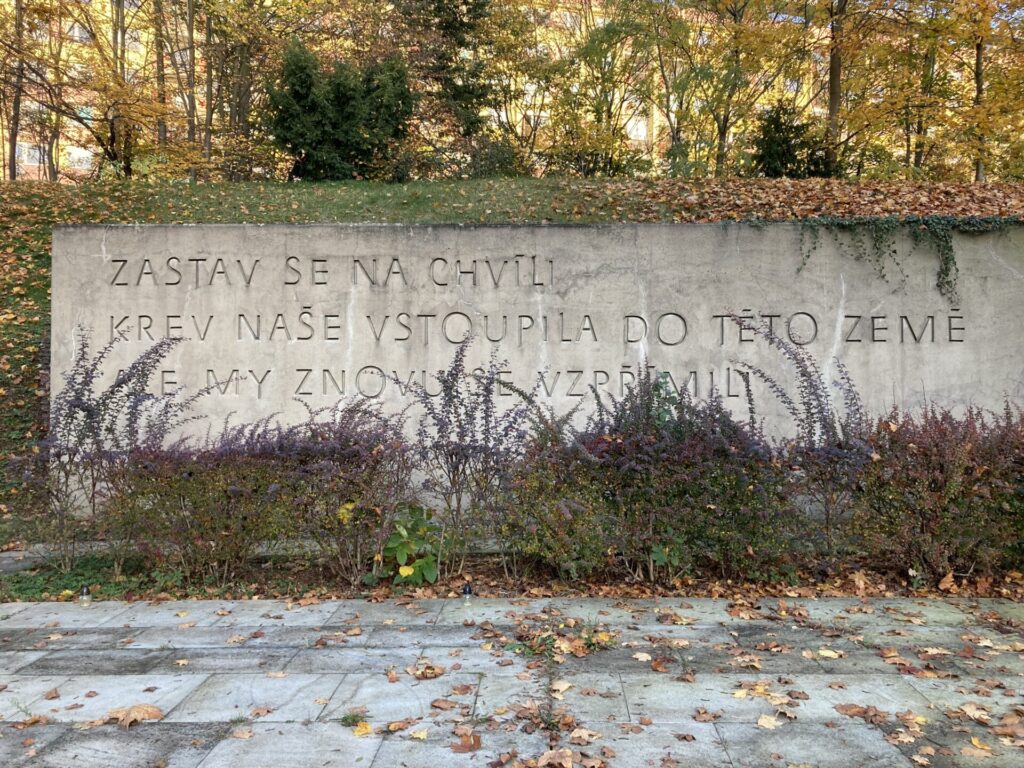
“Stop for a while… Our blood entered this ground, but we have risen again.” (Mosaic on the site where there were stables before the war, which was turned into the last prison for convicts during the war.) 





















